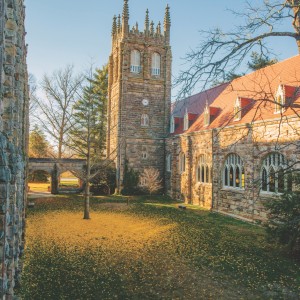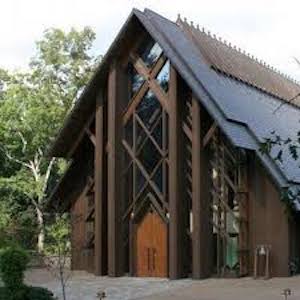University history is constantly being made, and rediscovered. One would think that a 150-year-old history is either short enough to be well-written about, or not long enough to have been forgotten. Thankfully for me, and others who enjoy a good adventure in the Archives, neither is true. There are still plenty of scattered (sometimes even truly lost) documents that no one alive has analyzed in depth. Many documents with references to Rebel’s Rest were less important and understandably ignored when the home was still standing. As people still lived in the structure earlier historiographers and researchers wrote about more pressing issues of University history. Now, finding out even miniscule details pertaining to the house is a reason to get excited, as the Rebel’s Rest puzzle is one with pieces widely strewn, and some, the ones that only existed in memory, are forever lost.
My first class at Sewanee, Finding Your Place (FYP) encouraged me to do archival research for a project. About halfway through that September I began trekking over to the Archives, and it only took a few days for me, and everyone else, to realize I was not ever leaving. Naturally then, I became involved with the background research for the archaeological and other studies at Rebel’s Rest. I have experienced the melancholy quiet while looking for old photos the day after it burned along with the euphoria of finding documents with information I would not have dreamed existed.
Doing research in Archives requires patience and a good deal of creative thinking, as well as some brute force of will. Some materials take a lot longer to find than others, and the search process varies from methodically reading through folders to following decades-long paper trails that shift between the card catalog and multiple collections. Sometimes neither of these methods work, and I eventually resign myself to simply roaming the stacks. The reason this latter method works is because University Archives has had a rough and tumble history. An official University Archives was not created until Dr. Guerry’s vice-chancellorship, and since then, Archives has gone through a couple of moves and multiple changes in the organization system. The “roaming the stacks” method is actually how I found my favorite Archives discovery to date, Ensign’s time book. William P. Ensign was one of the main builders during the early years of the University, and he kept a meticulous record of all the labor and materials that went into constructing Rebel’s Rest, which was saved by the Fairbanks family and later given to Archives. Another important discovery was a document by Fairbanks describing houses before the War including that of his own (Rainsford Place), Polk’s, and others like Elliott’s.
Information is not only being rediscovered in the University’s collections, however. The Internet now allows searches to be made for materials that the University’s previous historiographers and researchers had no clue existed. Many large institution archives are creating online finding aids, and some have even scanned and digitized parts of their collections. After mostly using the Internet for a research project last summer, I have gotten into the habit of conducting online searches related to projects I’m working on in Archives. These normally occur during the middle of the night, when Archives is closed and fooling around with different combinations of keywords sounds more appealing than sleep. Very little of the time are these searches actually fruitful, but when they are, it is exciting. Through this method I discovered that another university’s collection includes a letter from Mrs. Polk to her husband Bishop Polk about the burning of their Sewanee home. At eight pages, it is much more detailed than the two-page letter Mrs. Polk wrote her sister-in-law that is housed in our collections.
Whatever style of research is being used, archival research by itself can only work on a small part of the Rebel’s Rest puzzle. Its greater purpose is to assist other disciplines with understanding the various pieces they are studying. Photographs and written documents have helped the other members of the research team look for outbuildings, explain odd architectural features, explore landscaping, and compare building materials. The building is now gone, but its loss has brought together a dedicated and uniquely interdisciplinary team that is uncovering a lot of forgotten history.

